What is the tolerance range of precision screws?
What is the tolerance range of precision screws?
Service Hotline
+86760-8787 8587We have more than ten years of experience in the production of screw industry, the main products are: knurled pins, extra-fine galvanized bolts, claw-shaped furniture wood inlay nuts, die-cutting machine aluminum alloy nuts, O-bolts, flat-head knurled female hands Screw nut, blackened hexagon nut, black zinc-plated countersunk head screw, 8.8 high-strength screw cap, plum blossom anti-theft screw, GB893 round hole shaft ring, coarse thread nut, GB/T17880.2 color/blue and white large countersunk head Vertical rivet nuts, GB9074.17 bolts, fine-tooth grooved nuts and other fasteners, due to the different materials and specifications of the products, the prices are also different, if you need, please contact us.


One of the steps in the screw production and processing process is to slot the screw head to facilitate the use of a screwdriver when tightening or loosening the screw. Generally, companies use manual sorting, and then use the cutting knife to slot the front end screws through the track, which is inefficient, and because the screws are not fixed, the cutting knife may easily fly out or break the blade during cutting. It is a safety problem, and after cutting, the screw head has rough workmanship and burrs, which is easy to hurt the hand.
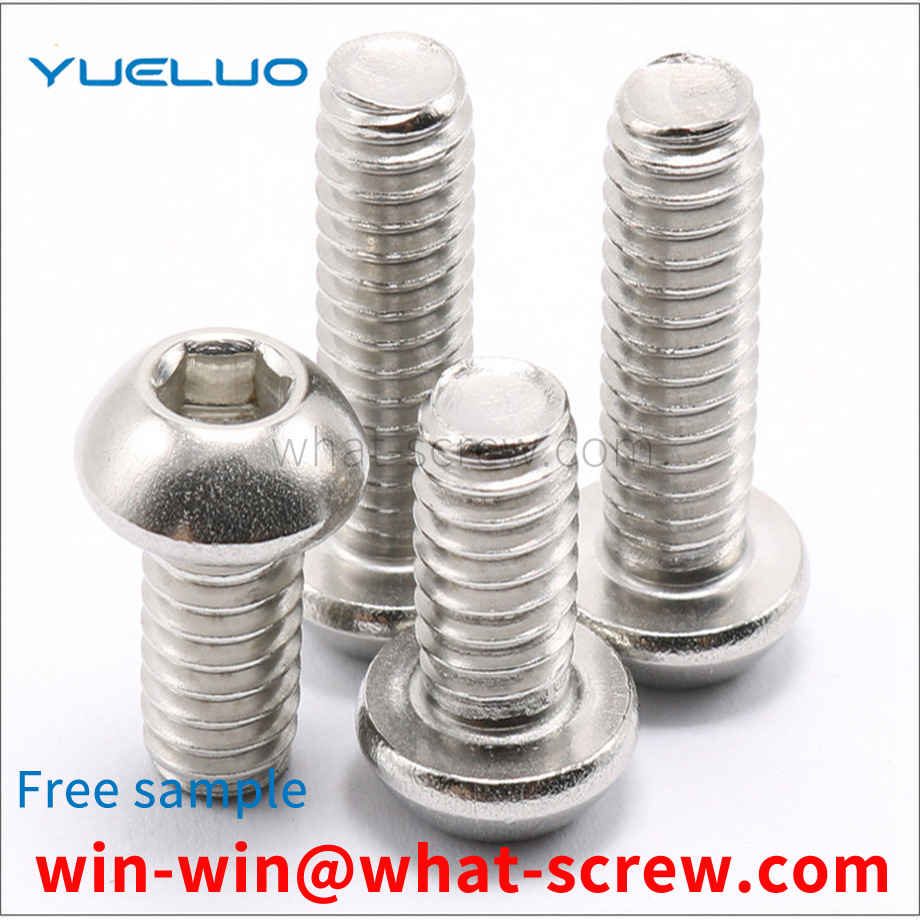
Generally speaking, the metal plate needs to open holes for inserting the rivets, and then press the two sides of the metal plate along the positive direction of the metal plate with a jig, so that the metal plate is deformed in the plane direction, which makes the inner edge of the hole Shrink and fit the rivet. Existing riveting techniques are not suitable for thin sheets. Because the thin plate does not have enough thickness to compress in its forward direction, the insufficient deformation in the forward direction causes enough deformation in the plane direction to insert the rivet, so the rivet cannot be firmly fixed to the thin plate.
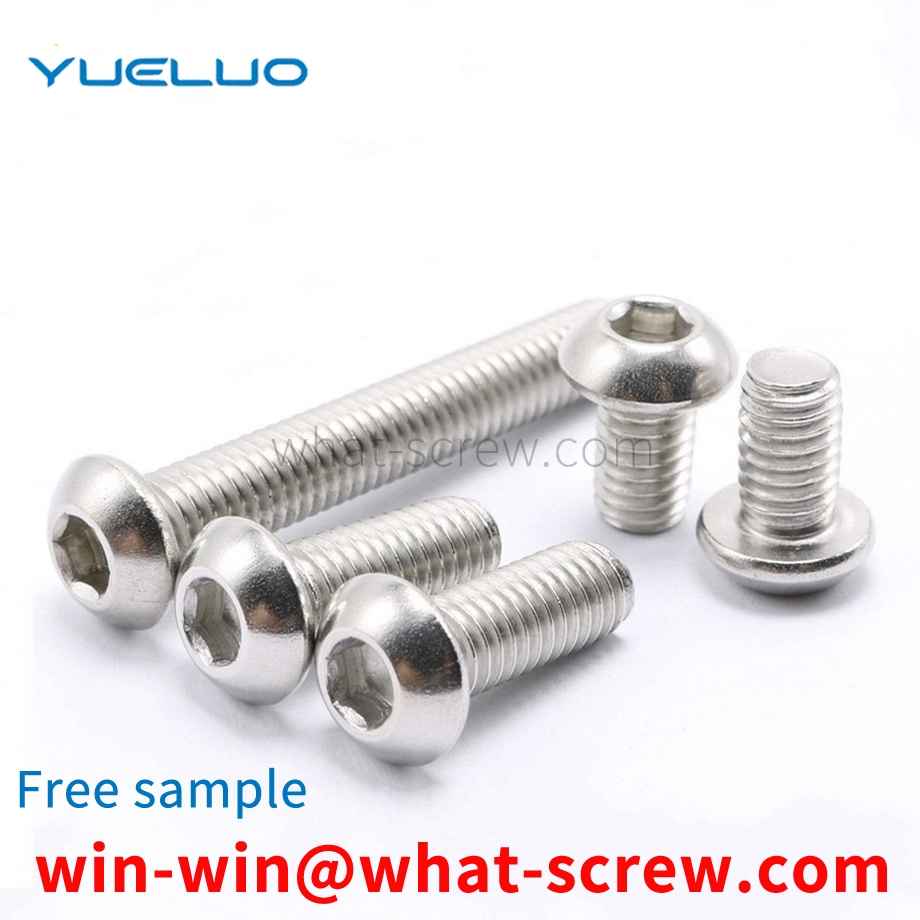
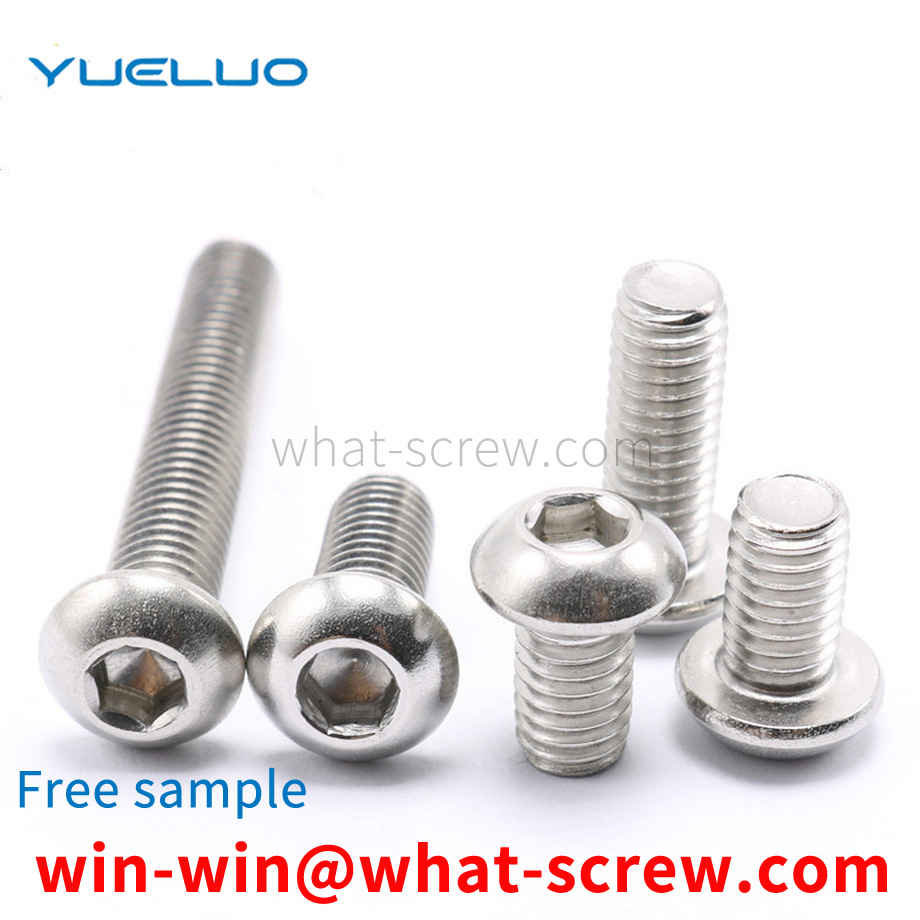
Commonly used national standard GB41Ⅰ type hexagon nut——C grade GB6170Ⅰ type hexagonal nut——, B grade GB6171Ⅰ type hexagonal nut-fine thread-, B grade GB6172 hexagonal thin nut——, B grade - chamfering GB6173 hexagonal thin nut—— Fine thread—, B grade GB6174 hexagonal thin nut—B grade—without chamfering
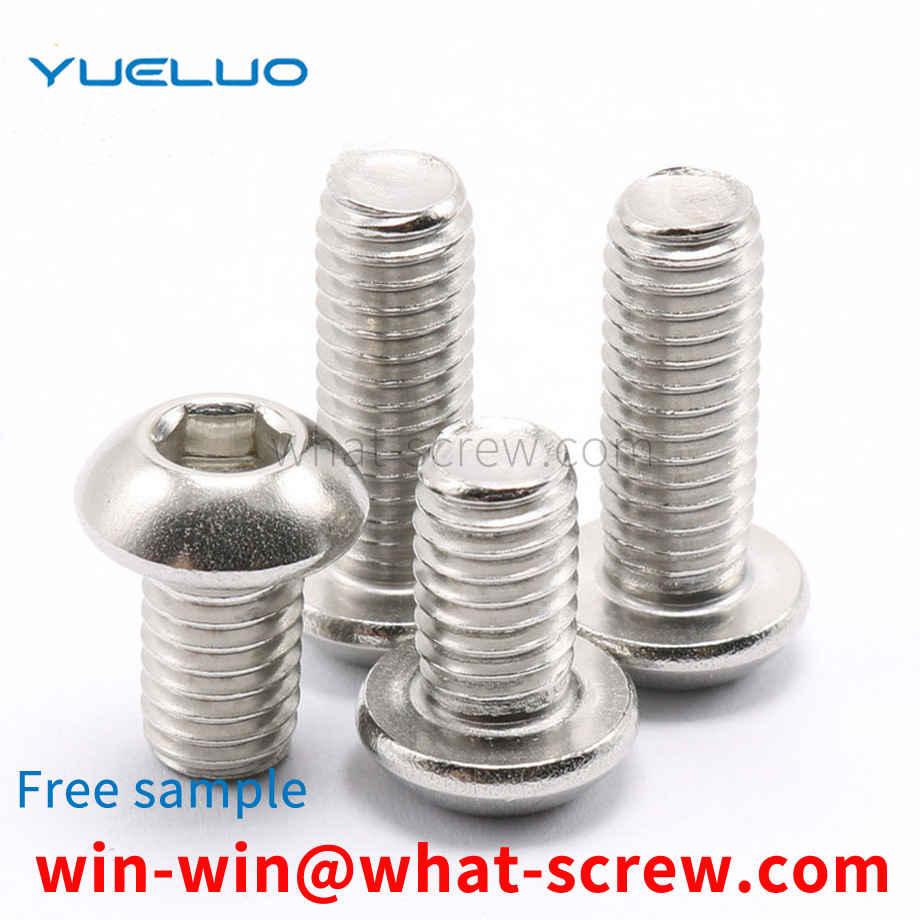
1. The twisted screw should be considered according to the actual inner diameter of the barrel, and the outer diameter deviation of the new screw should be given according to the normal clearance with the barrel. 2. After the thread surface with the reduced diameter of the worn screw is treated, the wear-resistant tungsten carbide alloy is thermally sprayed, and then ground to size. 3. Surfacing wear-resistant tungsten carbide alloy on the thread part of the worn screw. According to the degree of screw wear, surfacing welding is 1~2mm thick, and then the screw is ground and processed to size. This wear-resistant tungsten carbide alloy is composed of materials such as C, Cr, Vi, Co, W and B, which increases the wear resistance and corrosion resistance of the screw. 4. The bottom diameter of the screw is repaired by electroplating hard chromium. Chromium is also a wear-resistant and corrosion-resistant metal, but the hard chromium layer is easier to fall off.
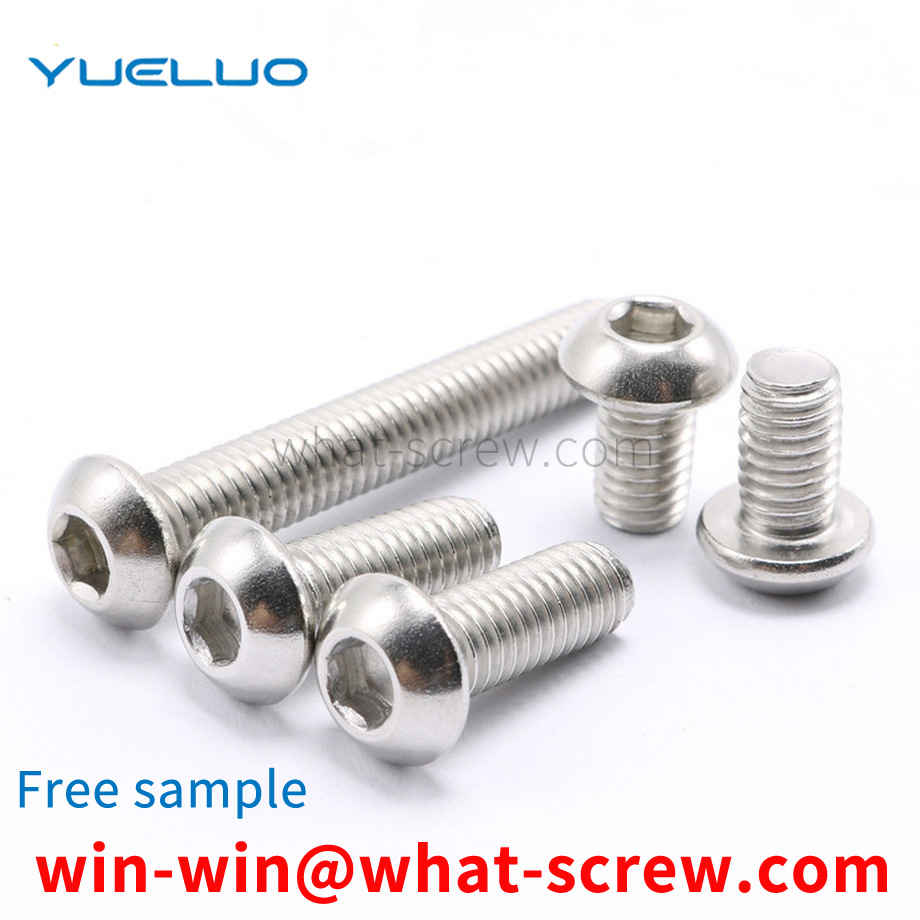
The above content is uploaded by Yueluo or the Internet. If there is any copyright issue, please contact [email protected].

What is the tolerance range of precision screws?

How to choose the right stainless steel screw manufacturer?

Why is there an R angle under the head of the hexagon head s...

We have more than ten years of production experience in the ...

We have more than ten years of experience in the production ...

We have more than ten years of experience in the production ...

We have more than ten years of experience in screw industry ...